Radishrain
Things pertaining to life: plants and animals, gardening, cooking, food, botany, zoology, farming, ranching, wildlife, genetics, plant breeding, software, media, etc.
Here are some pictures of our elderberries, from one angle:
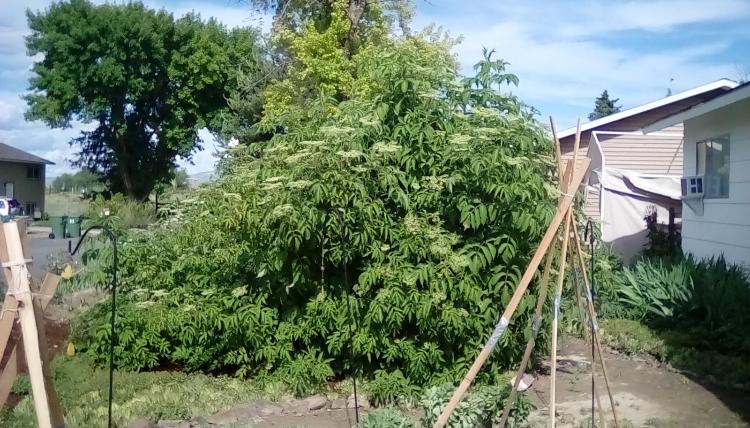

Here's another species of grasshopper in our garden. This is one of the kinds that is often found on roads and dry soil. when mature (this one isn't mature), they make a sound when they fly, and they have black with yellow shown on their open wings. I saw a similar adult on our property, today, too (and a recent day).
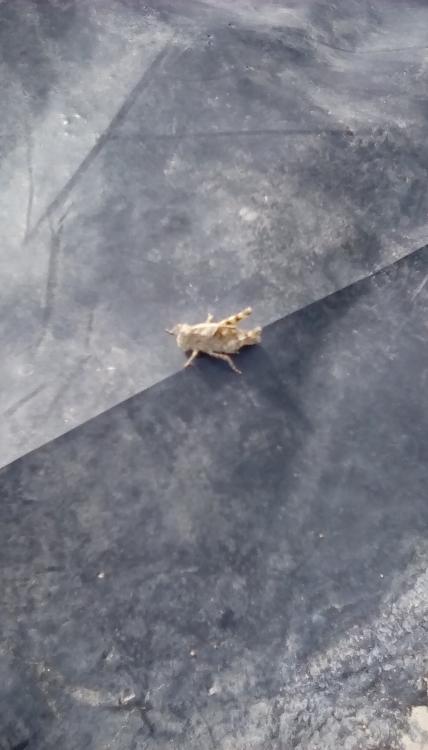
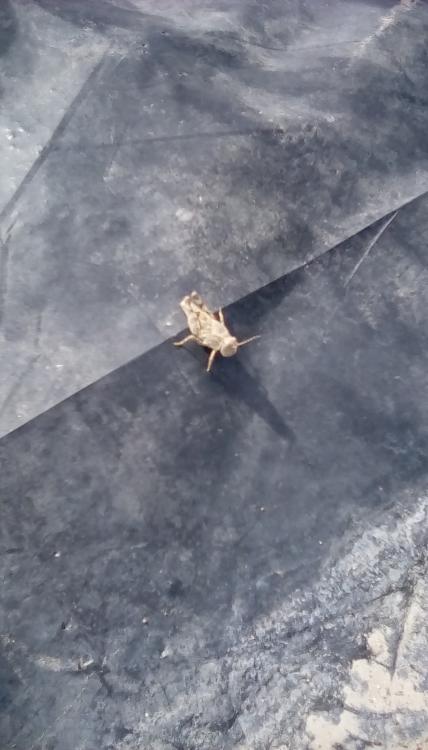
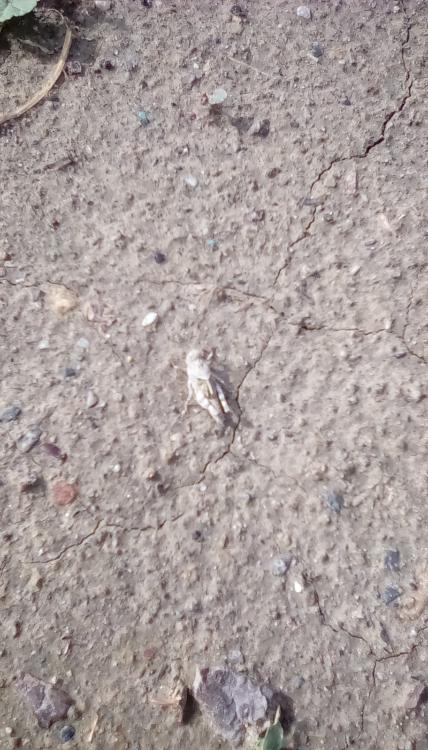



Here's a picture of our beebalm, this year. It's at least a few years old. I'm not sure which species it is, but it gets red flowers.
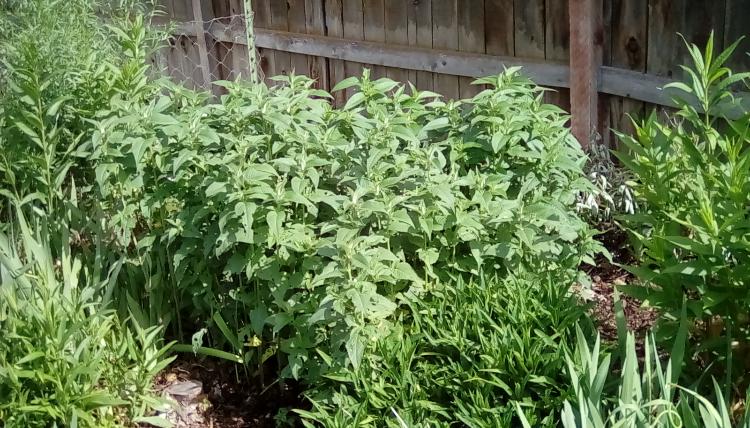

These pictures were all taken on 8 June 2020.
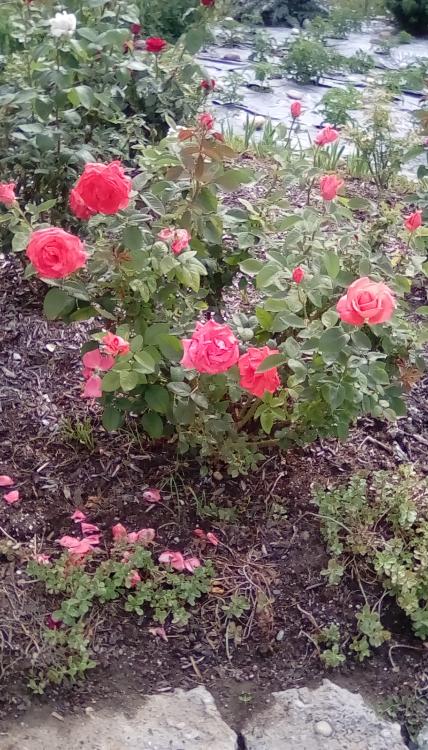
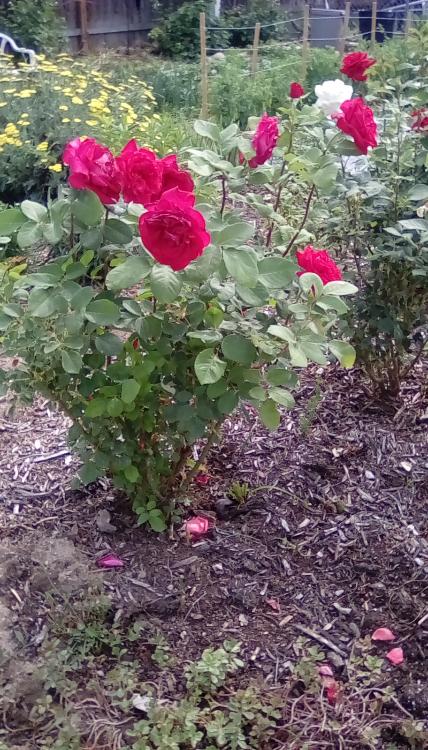
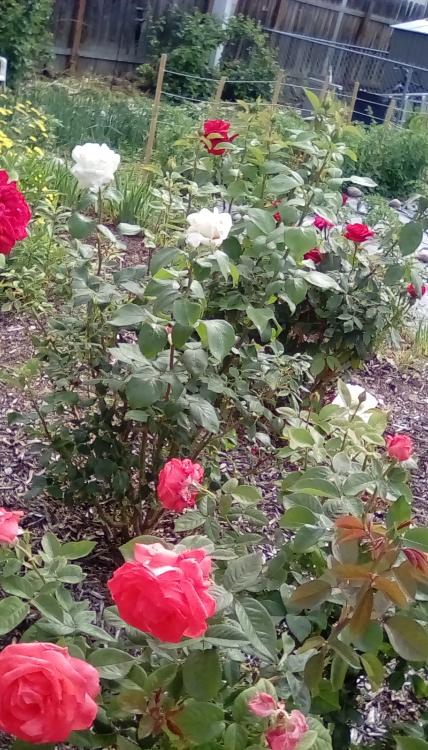
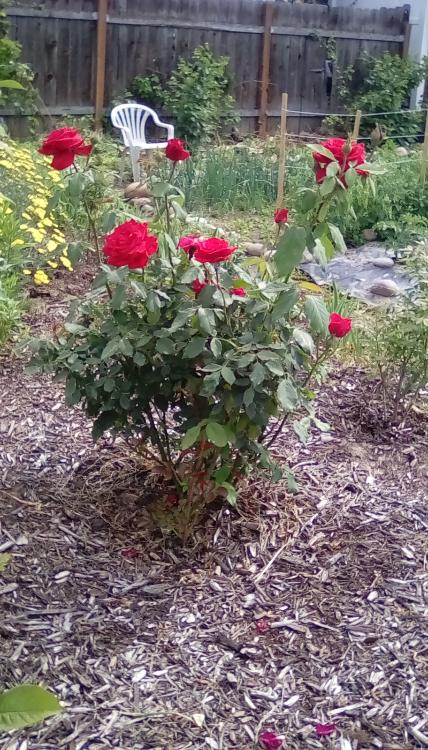
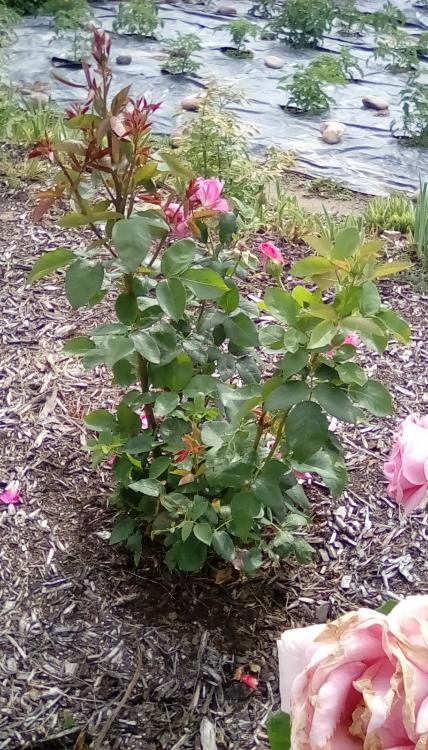
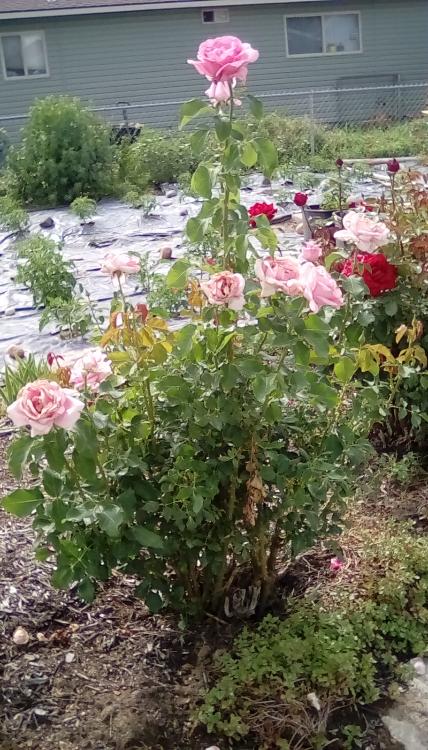
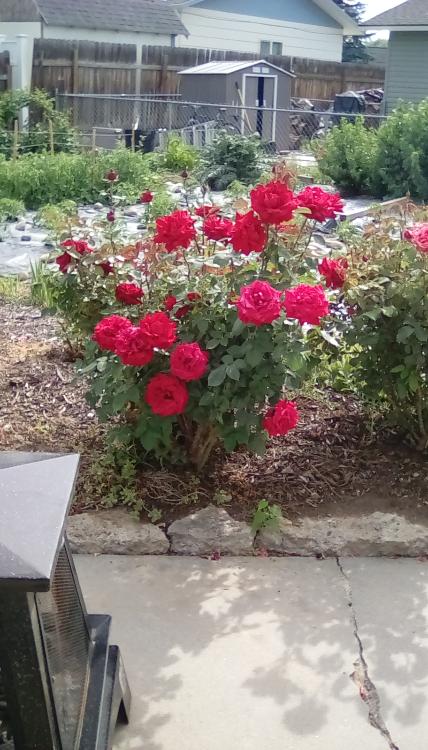
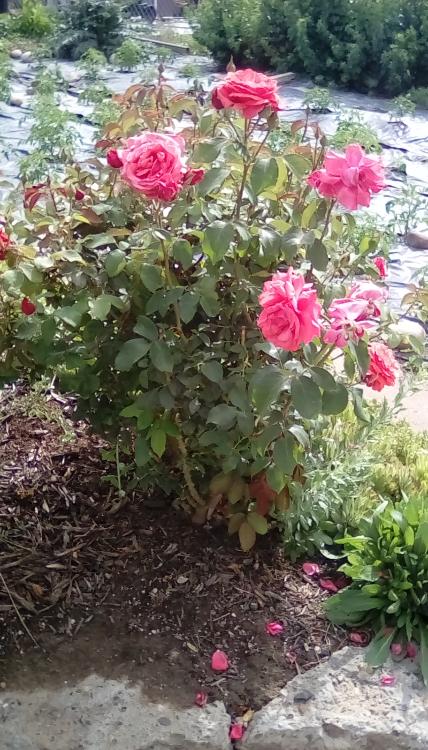
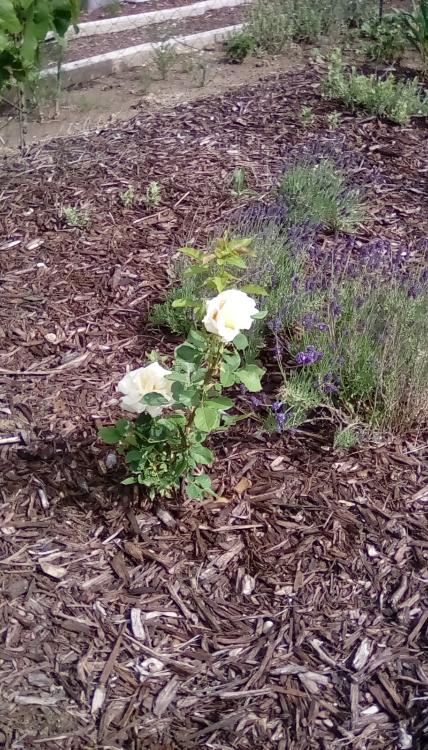









Here are our Sugar Pod snow peas, today. I ate several first, and they were delicious.
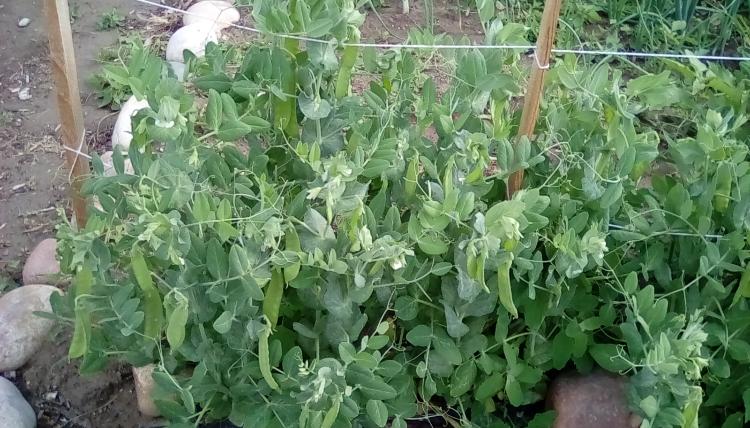
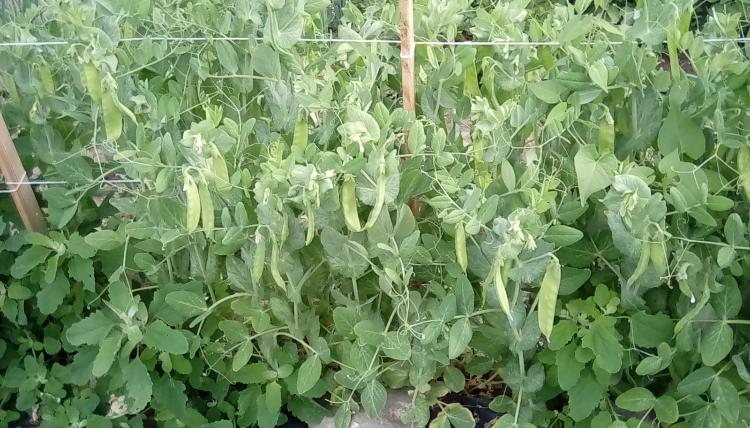
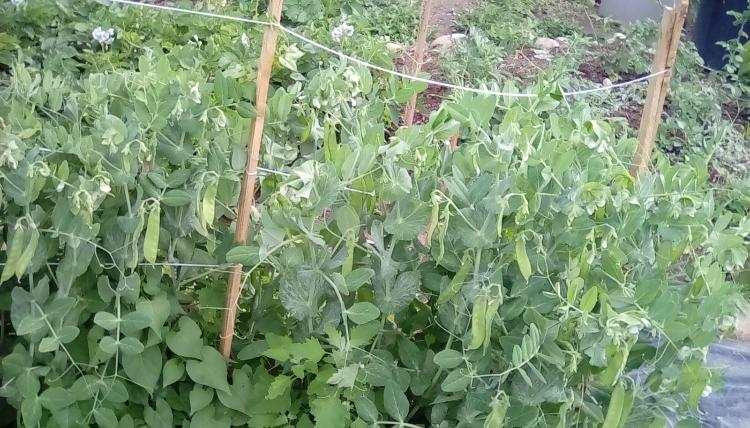
Note that each picture has different plants in it.



Note that each picture has different plants in it.
Here are some of our yarrow plants, today.
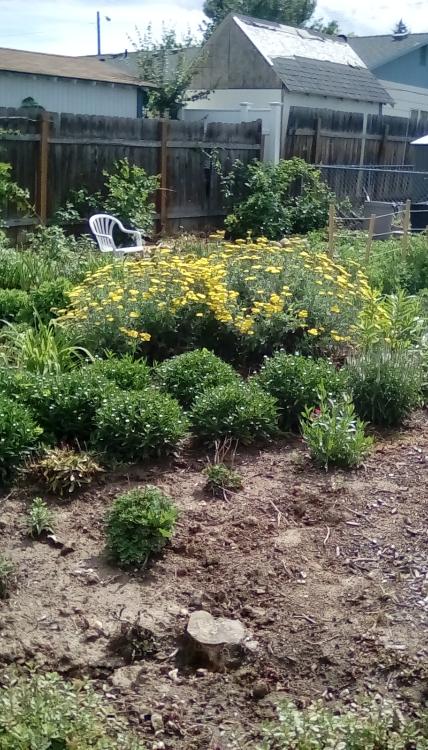
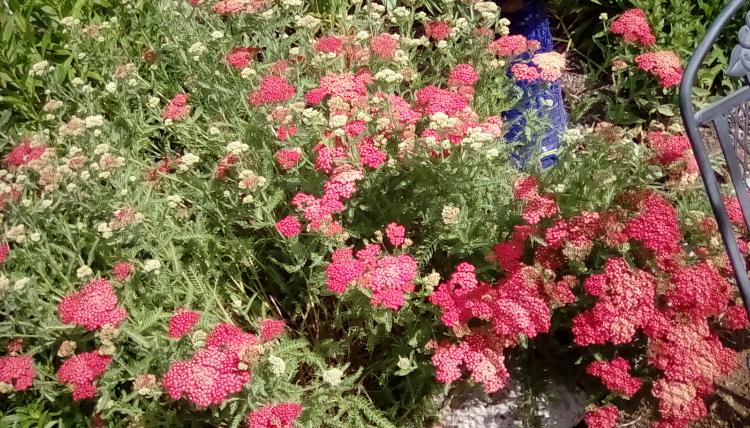
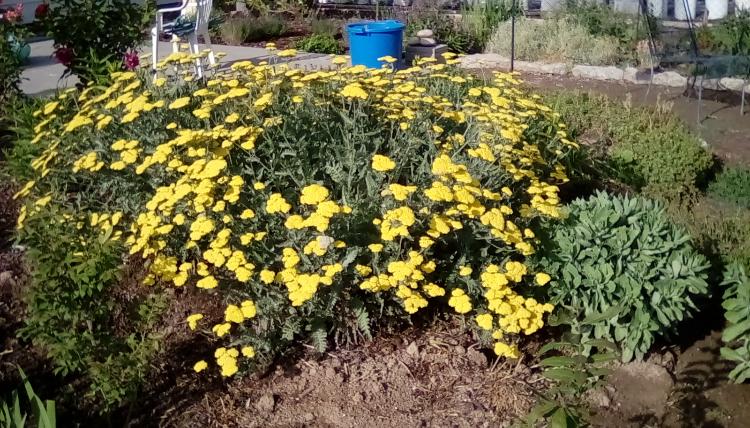
Here's one from April 25th:
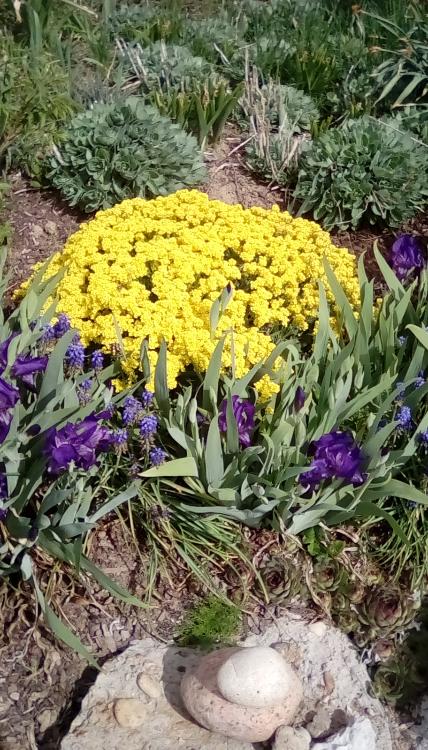



Here's one from April 25th:

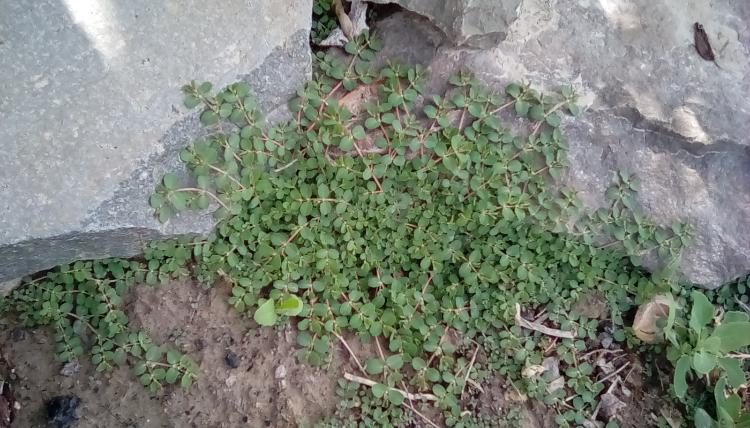
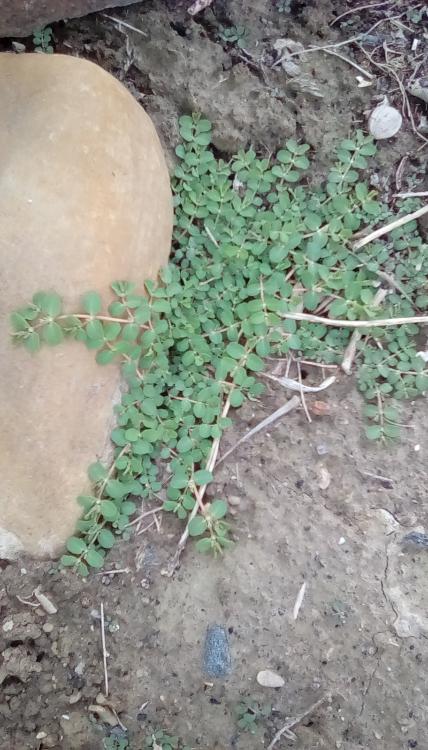
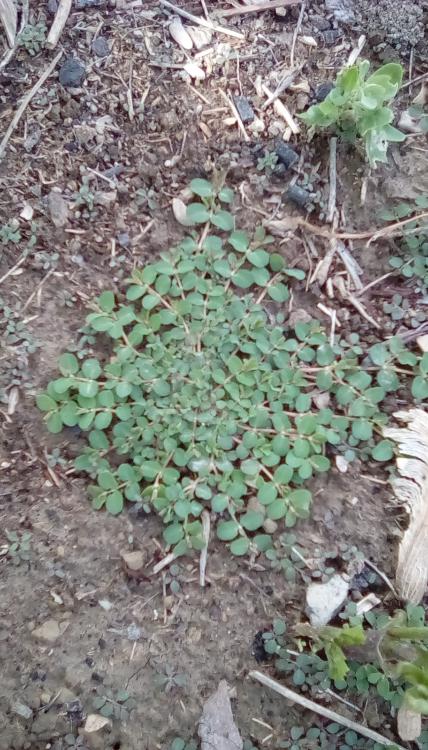
I think it's some kind of Euphorbia similar to Euphorbia serpens, Euphorbia prostata and Euphorbia maculata, but is seems to grow flatter with smaller, rounder leaves than those (maybe you can't tell its flat tendancy now, with the rain we've had). It's one of the most drought-tolerant plants I know, and isn't hesitant to grow on compact, hard, dry, clay-ish soil (without rain).
It seems to root along the stem as it grows. If you don't pull it up young, it's hard to remove.
I personally like it, and think it could potentially be great for living mulch.
id_
Here's our oregano plant, today. It was planted last spring, I believe. That's awesome that it's a perennial. It was a purchased plant, last year, probably from The Home Depot.
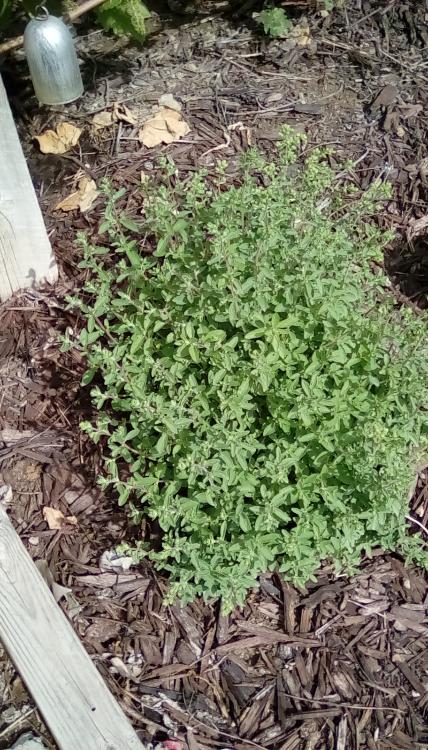

Organics Mie-Noodles, organic vermicelli
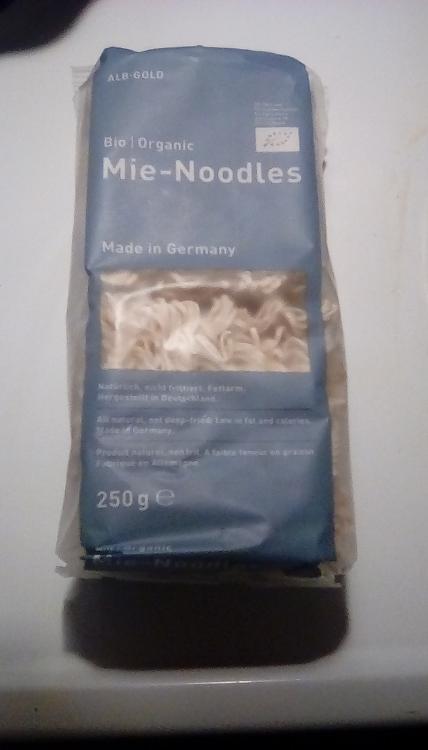
Just to make sure we're talking about the same product, here's the barcode: 658842305694
Anyway, every ingredient is a wheat product. So, it's definitely appropriate in this forum.
My sister gave me a whole bunch of these as a healthier alternative to Ramen noodles. I tried cooking some like I usually cook Ramen, and the result was a bit offputting (it was overly filling and had a strong smell that made me think it needed cooking more, although the noodles were soft by that time).
Today, I tried something different:
• Boil a good amount of water on the highest heat level. The noodles should be able to entirely submerge in the water level throughout the whole cooking process. You definitely don't want to have to break them up or shift them around.
• Put one Ramen-sized piece in a pot, after it boils (not before).
• Keep boiling at the highest heat possible. Just blow on it if it starts to foam a lot.
• Don't ever stir, nor break up the noodles.
• After some minutes, it should smell better, and not so wheaty in that uncooked wheat pasta way.
• Drain all the water (refusing to stir it makes this easier without losing pasta, since it's in a clump). Draining the water probably isn't required, but that's what I did.
• Add a packet of Ramen seasoning, and mix it together. My sister wouldn't approve, but I haven't figured out the ideal way to season them, yet, and I've been making spaghetti with the regular Ramen (so, I have extra seasoning); I planned that on purpose, however.
Result:
• The pasta smells better.
• It's not as filling.
• The pasta is surprisingly and pleasantly al dente, notwithstanding it's very floppy. The other way, it was a bit gummy, but mostly like Ramen is.
Analysis:
• This pasta needs more heat and water than Ramen strictly needs, and is more sensitive to stirring.
• Cooking time is a bit longer than is absolutely necessary for Ramen.
• These noodles can be quite firm! (Or soft, if you cook them the less desirable way.)
• The high heat doesn't make the water froth as much as expected (but I did only use one packet of them; using more might make it froth more).
• They're more filling than Ramen, either way, but not quite as filling this new way.
• Definitely don't cook more than one Ramen-sized chunk the first time you make it. If it doesn't turn out, you won't want to have to eat much of it.
• When I first cooked these new noodles, I still cooked them longer than regular Ramen; so, cooking time in and of itself isn't the answer. However, I didn't cook them on as high of a temperature as long, to avoid it spilling over.
Key points:
• More water
• Don't touch the cooking noodles
• High heat, even after adding noodles
Here's how I've been cooking regular Ramen:
• Boil water at high heat, almost as little as possible to get the job done.
• Add a couple packs of Ramen.
• Shift the Ramen, turn it upside down and stuff to get it water exposure, so it softens. Then stir it up some.
• Turn the heat off at this point or before.
• Drain most of the water. (Some of the noodles inevitably get lost, due to how the noodles aren't still all connected. I haven't always been draining the water.)
• Add seasoning and mix it up thoroughly with a chopstick in each hand.
ramen_
noodle_
al_dente
I've had a grapefruit tree for 24 to 29 years. I planted it as a seed. I planted several others, which sprouted, but they got something like mealybugs and all of them died, except this one (which became free from the pest after a while).
We use my tree as a houseplant. It's never been outside, to my knowledge.
My tree grew very slowly for the first few years (it was just a few inches tall), but it eventually got significantly larger.
On 4 June 2020, I noticed it had its very first bud! I've been hoping it would flower (and fruit).
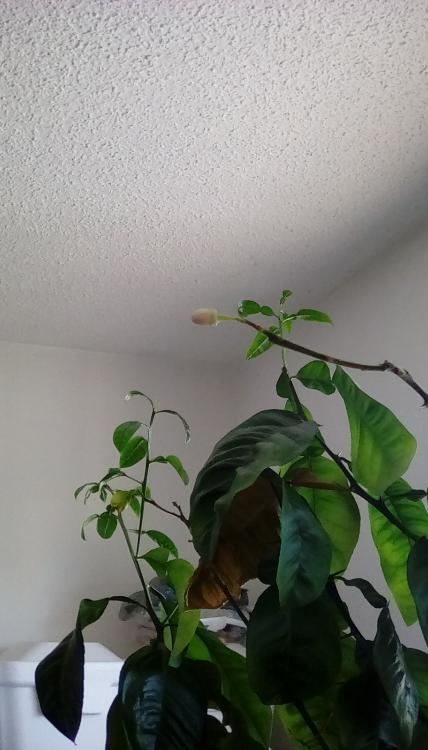
The bud isn't facing the window. My tree is in front of a south window. As far as I know, there's only one bud, so far. It's been in front of this window since about 2014 or so, but had less light before then. It's had more light for two or three years, since we removed trees that were in front of the window.
We use my tree as a houseplant. It's never been outside, to my knowledge.
My tree grew very slowly for the first few years (it was just a few inches tall), but it eventually got significantly larger.
On 4 June 2020, I noticed it had its very first bud! I've been hoping it would flower (and fruit).

The bud isn't facing the window. My tree is in front of a south window. As far as I know, there's only one bud, so far. It's been in front of this window since about 2014 or so, but had less light before then. It's had more light for two or three years, since we removed trees that were in front of the window.
Subscribe via email
Archives
| Free forum by Nabble | Edit this page |


